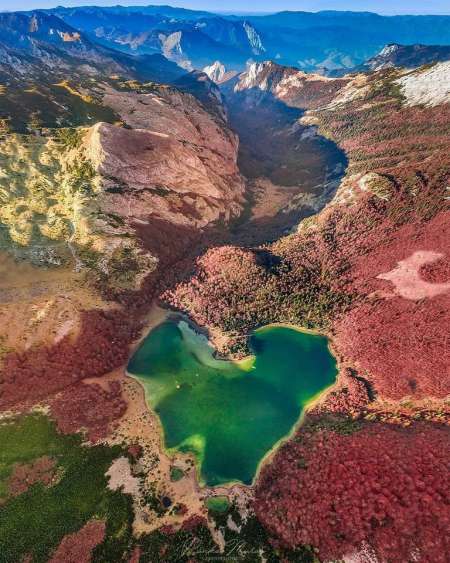Radio Boka went on air for the first time in Herceg Novi on April 17th, 1979, two days after the devastating earthquake that hit the Montenegrin coast. The program of Radio Boka was carried out by the leading journalists of ex-Yugoslavia from Belgrade, Sarajevo and Podgorica, and they worked daily in a metal container placed at the square in front of the municipal building. Radio Herceg Novi, which began to broadcast the program on the same radio-frequency after two years on 25th May 1981, according to employees, inherited the tradition of Radio Boka.
On this occasion, a cocktail party was held, bringing together representatives of the municipality, councilors, colleagues, former editors and employees. Executive Director Dubravka Perovic announced the beginning of the work of the television that will happen under the same roof as the radio but on the new premises.
Radio Boka was a "tough" media, technologist Djuro Krnic said, who as a radio amateur was in "the first set up." "The program was broadcast in the middle frequency, and it was listened to from Ulcinj to Dubrovnik and up to Bilece. The work was done with an old technique, but when one of our colleagues came from some bigger media houses, after listening to our program and seeing where the program was being broadcasted, he would be puzzled and in disbelief, Krnic said.

"I was a student in Belgrade when in the summer of the unfortunate 1979, I came to my Herceg Novi. I was astonished by the appearance of the city, but also by the enormous desire and strength of the inhabitants to renew their homes as soon as possible and to continue their normal lives. Randomly, my high school professor, Zarko Bulatovic, then journalist and editor of TV Titograd, suggested that I should help in creating a program of Radio Boka, which went on air only two days after the earthquake.
It was a big challenge for me, the first journalist real job in extraordinary circumstances. There was supposed to be daily visits to the ravaged Herceg Novi Riviera, listening to and recording various sad stories, people who were left without a roof above their heads, but also those who were encouraged with the help coming from all sides. My first report was from Kumbor," journalist Rada Djakovic recalls.
She reminds editors and experienced journalists who came from the great media centers of the former SFRJ, especially from Radio Titograd: Vlatko Ivanovic, Vladimir Gojnic, Bozidar Terzic. "I dreaded when I handed over the handwritten text for them to look at, before going on air. She says that she forever remembers the hot summer in a small metal container, on the plateau in front of the municipal building, from where the program was broadcasted with two big tape recorders by the brand "Studer" and chronicles of the municipalities: Herceg Novi, Kotor, and Tivat.
Despite all technological advances, the radio is today the fastest medium - at the same time the media that continually confront us with reality and leaves enough space for imagination - because there is no image just a living word.
This also applies to Radio Herceg Novi from the moment we first went on air. As a media founded by the Municipality - we watched and experienced everything that the city had experienced, all the fractures in society, all the ups and downs, the bad and the good times. We have breathed and continue to breathe with the city," said journalist and editor of Radio Herceg Novi, Vitka Vujnovic.
Text by Slavica Kosic, on April 17th, 2019, read more at Vijesti








